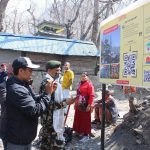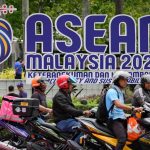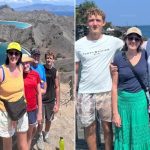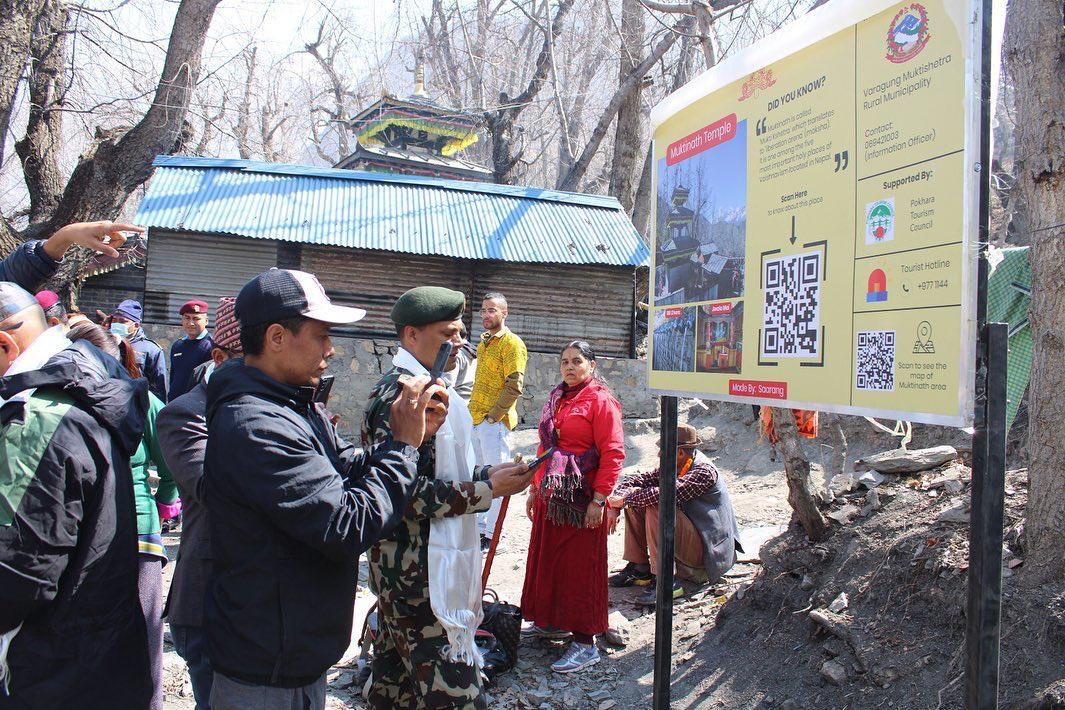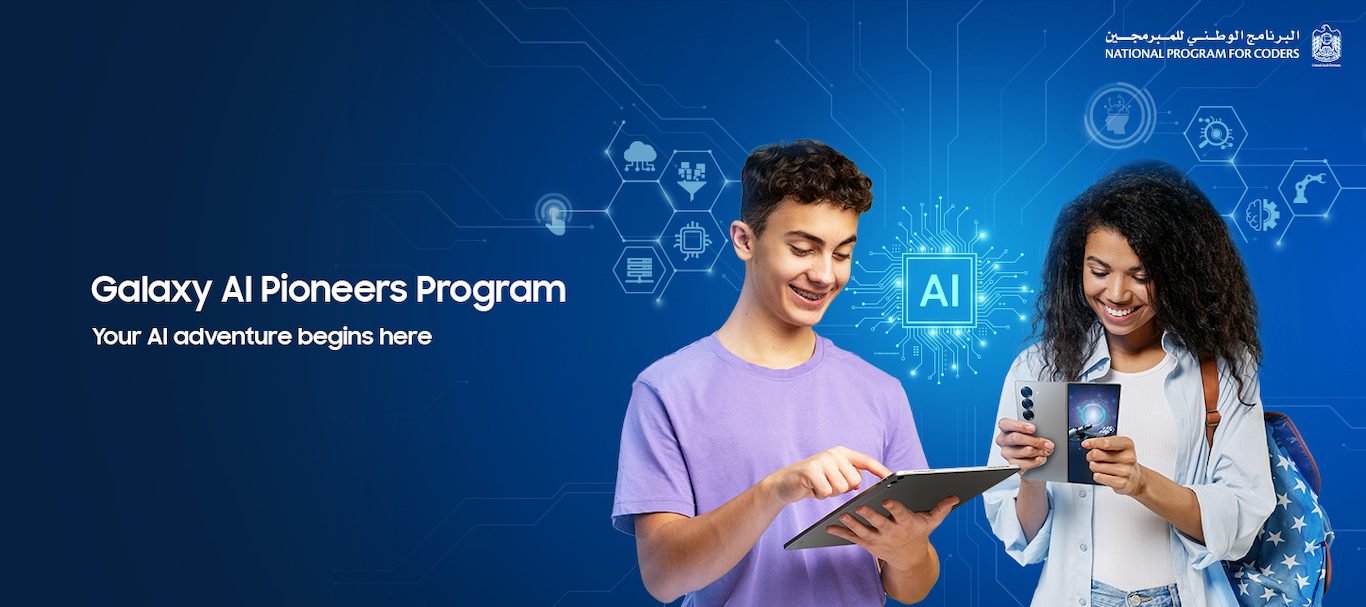A New Way to Explore Nepal’s Cultural Heritage
In Kathmandu, a city rich in history and tradition, coded boards near temples, shrines, and monuments might seem like another digital installation. However, these boards serve a unique purpose: they open up stories that have been passed down through generations. By scanning a QR code with a smartphone, users can access narratives that bring centuries of local history, myths, and traditions to life.
This innovative approach is the work of Saarang, a travel-tech company founded by Sachin Dangi and Diwakar Rizal. Saarang is redefining how both locals and foreigners experience Nepal’s cultural and historical landscape. The name “Saarang” is derived from the saarangi, a traditional Nepali string instrument once used by traveling musicians to tell stories through song. This reflects the company’s mission: to continue the country’s storytelling tradition in a modern form across multiple languages.
What started as an experiment has now expanded to over 250 locations across Nepal, ranging from Budanilkantha to Mustang. These sites bridge ancient tales with digital accessibility, making them more engaging and accessible to a wider audience.
The Origins of Saarang
The journey of Saarang began during a trip during the Covid-19 lockdown. Dangi recalls traveling with a friend to Chisapani Gadhi, a historical fort near Hetauda. Upon arrival, they found the gates closing, but a priest allowed them entry and shared vivid stories about the Anglo-Nepal War. These stories were so compelling that Dangi and his friend could almost imagine the events unfolding before them.
Later, while visiting the Kaal Bhairav temple, they noticed two paintings of women on the wall, despite the rule that women were not allowed inside. The priest explained that these were the women who had once entered the temple and died vomiting blood. This encounter left a lasting impression on Dangi, highlighting the need for better storytelling and accessibility.
Upon returning to Kathmandu, he realized similar issues existed in Patan Durbar Square. There were many temples, but no one to explain their significance. Google searches were not helpful if one didn’t know the names of the shrines. This realization sparked the idea for Saarang.
Expanding the Concept
Dangi and Rizal explored various ways to make local storytelling accessible. They considered pamphlets, hoarding boards, and guide centers, but these had limitations such as operating hours, physical space, and language barriers. Then they thought of QR codes—available 24/7, requiring little space, and capable of redirecting to any amount of content.
Their first pilot site was Budanilkantha. After documenting the rituals and compiling narratives, they presented their work to the mayor, who permitted two QR installations. That marked their first sale.
As the project grew, people already knew how to scan QR codes due to digital payments. Saarang simply changed the narrative from paying money to gaining information. The company expanded to Thamel, Lumbini, Pokhara, and Mustang, each requiring ground-level collaboration with municipal workers, temple committees, and locals.
Language and Technology
Saarang’s small team remains focused. Dangi oversees technology, while Rizal leads research and story compilation. Local contributors are also involved, recording narratives in regional languages such as Newa, Maithili, Limbu, and Magar. In Kathmandu, all boards include the Newa language, ensuring place-specific relevance.
For foreign languages, they use Amazon Polly, a text-to-speech system that provides lifelike audio. Dangi notes that it offers about 90% accuracy, and the choice of languages is based on tourist flow. For example, in Lumbini, Korean and Japanese are prioritized, while in Pokhara, German and Italian are included.
Challenges and Growth
Dangi’s educational background reflects Saarang’s interdisciplinary nature. He studied Computer Science, Mathematics, and Psychology, which helped shape the mix of tech, logic, and human stories. His interest in economics emerged during a gap year spent traveling, leading him to realize that economic development was key to improving Nepal.
Registering Saarang as a formal enterprise was challenging. Dangi faced complicated procedures, including upfront costs for office space and taxes. Working with local governments added another layer, as they needed VAT registration and managed tenders. These challenges led to several lost sales due to lengthy procedures and frozen budgets.
Future Plans and Vision
Saarang’s expansion followed a clear roadmap. Starting with Kathmandu, they moved to Pokhara and Lumbini, then connected routes between them, installing boards in Bandipur, Manakamana, and Mustang. They also developed a mapping system, allowing users to discover nearby destinations after scanning a location.
In Lumbini, Saarang’s boards at the Maya Devi Temple include information about Kudan, a nearby site where Buddha is said to have reunited with his father. Adding this content led to an increase in visits, showing the impact of storytelling on movement.
Thini village in Mustang stands out as the first site where Saarang covered an entire trail. The stories there—about the yak dance, the selection of the Mukhiya, and the start of apple farming—are all interconnected, creating a circular route filled with narratives.
Innovation and Beyond
Saarang is now developing an AI-powered travel app, expected to launch later this year. It will create customized itineraries using localized data, helping places like Thini attract tourists. Dangi sees this as part of a broader goal: integrating Nepal into the global tourism-tech map.
In August, Saarang organized ‘Nomads Basecamp’ in Pokhara, aiming to position Nepal as a digital nomad destination. They brought people from around the world, collecting data on what Nepal needs to develop as a nomad hub.
Reflecting on his journey, Dangi remains pragmatic. He believes technology is just a tool, not the product itself. He emphasizes the importance of early exposure to professional systems for young entrepreneurs, suggesting internships and thinking beyond local boundaries when building ideas.
